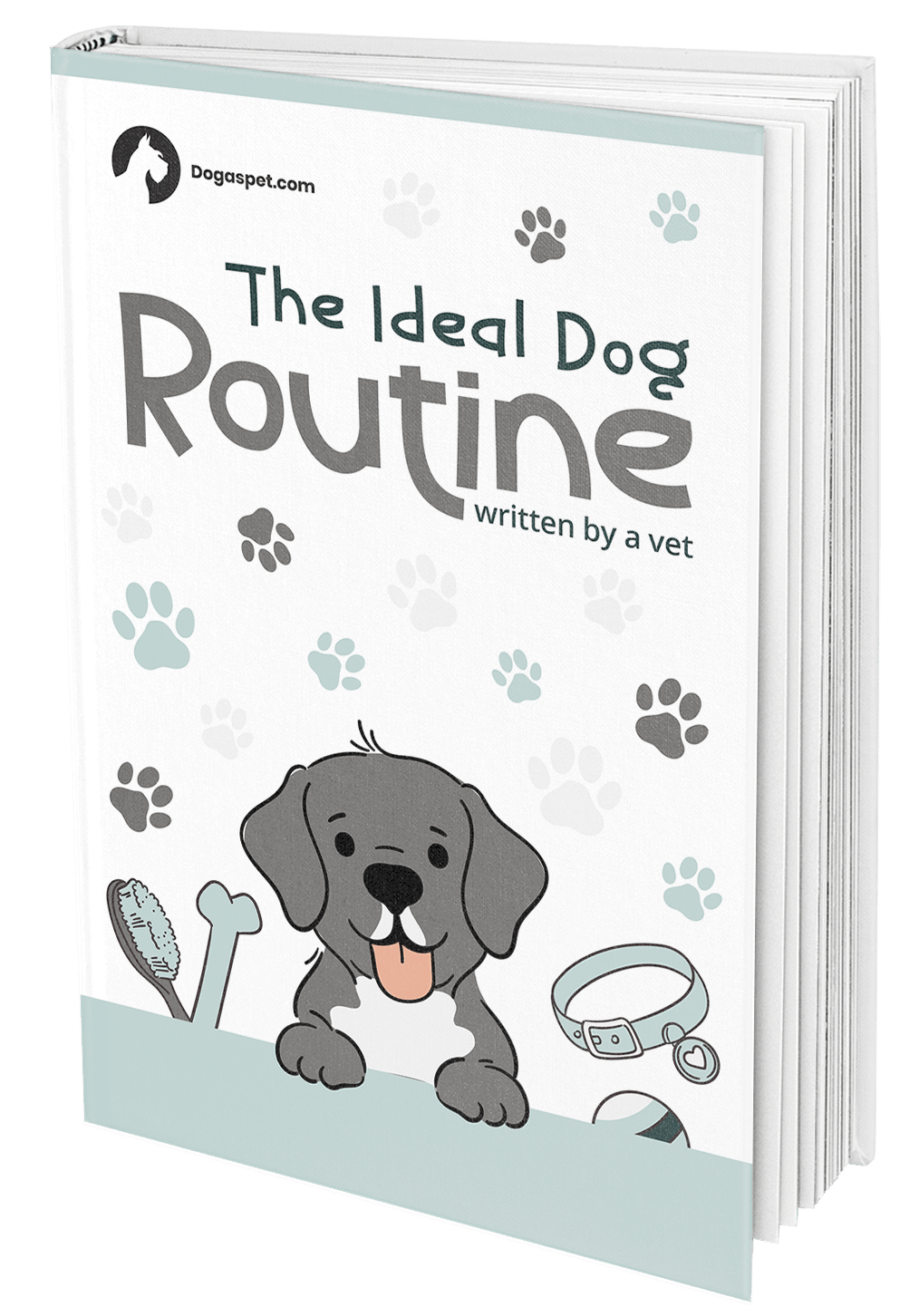
Many pet owners are interested in learning more about essential oils for their canine pets, and we get why. A more natural option is the way to go, right? While some oils may have potential benefits, ensuring their safety and effectiveness is critical. Specifically, we’ll look at sweet orange essential oil and its effects on dogs. Is it safe or not?
Is Sweet Orange Oil Safe for Dogs?
Whether or not sweet orange essential oil (EO) is safe for dogs depends on a lot of factors. First of all, the potency of the oil, how much is used, and how it is applied to your dog are all areas of consideration.
Sweet orange oil is generally considered harmless if it is diluted carefully, about one drop of EO to 50 drops of carrier or base oil. Carrier oils are oils that can be used to mix with the essential oil and are safe for dogs, for example, coconut oil.

It’s critical to recognize that citrus scents are generally disliked by dogs, which is why citronella collars exist. But keep in mind that every dog is different and while your dog may not mind it, remember that their sense of smell is far superior to ours, so less is more.
You should also take your dog’s unique physiology into account. He may develop an allergic reaction or have a strong aversion to the scent, which is why a patch test is recommended.
It’s worth noting that research on essential oils and their effects on dogs is still considered limited.
So, we suggest erring on the side of caution and using an essential oil with more research to back up the effects it has on your pooch such as lavender oil.
Using Sweet Orange Essential Oil on Your Dog
Sweet orange EO in small amounts is considered safe by many and if it’s properly diluted, there are 2 main ways to apply it to your dog.
Topical Application
Using sweet orange essential oil topically (on the skin or fur) on your dog can have potential benefits. Dilute the oil properly at the 1:50 ratio we mentioned before applying it to your dog’s skin or coat. Remember that dogs might have different reactions to scents, so apply them to a small area first and observe the results.

Is Sweet Orange Essential Oil Safe to Diffuse Around Dogs?
The second common method to administer essential oils is through diffusion. Diffusing sweet orange essential oil can create a relaxing atmosphere for you and your dog. We would suggest using an electric diffuser rather than a reed one for proper dispersion.
Remember that we mentioned dogs and their aversion to citrus scents, so make sure there is good ventilation in the room and keep an eye out for any adverse reactions.
Sweet Orange Oil Benefits for Dogs
Since there still isn’t much research out there on this specific essential oil and its impact on dogs, we can only speculate on the benefits as they pertain to us. Sweet orange’s potential benefits to dogs include promoting relaxation by creating a calming environment. It could also provide minor relief for some skin conditions.
There are also some claims that sweet orange essential oil offers minor pain relief, but this is purely anecdotal and lacks concrete research to substantiate the claim.
Potential Risks and Precautions
We can’t explore the benefits without mentioning the risks. These are some of the side effects sweet orange essential oil could cause and the precautions you can take to minimize these issues. Before introducing anything new to your dog’s healthcare routine, especially if he is on medication treatment, we suggest getting approval from your trusted vet first.


Sensitivity and Allergic Reactions
Like humans, dogs also have allergies. For example, you may notice your pooch sneezing and sporting a runny nose during the spring and summer due to the pollen count. The same goes for essential oils.
It’s possible that your dog may experience a localized reaction when you conduct a patch test such as swelling, itchiness in the area, redness, and irritation. Keep an eye out for symptoms of discomfort, and stop using the product if anything out of the ordinary occurs.
If you suspect that the side effects are more serious than just a mild reaction, make sure to contact your vet immediately.

Interaction with Medications
Be aware of potential interactions between sweet orange essential oil and any medications your dog may be taking. Some components of the oil could affect the absorption or effectiveness of some prescription or over-the-counter medicine. Not only could you be hindering the drugs from doing their job, but the mixing of the substances could also elicit a negative response in your dog.
It is for these reasons that we suggest you should always consult a veterinarian, especially if your dog is on medication.

Avoiding Contact with Eyes and Sensitive Areas
A precaution to take whenever you’re using essential oil is to avoid getting it in your dog’s eyes and sensitive areas. Of course, you should also keep it out of reach so your dog doesn’t accidentally ingest some.
If you’re using the oil near the facial area, we’d suggest extra dilution just to be extra careful.
How to Choose Quality Sweet Orange Essential Oil
We would always recommend using high-quality, reputable, and pure essential oils. Doing so will make sure the oil retains its beneficial properties and isn’t laced with anything harmful.


Purity and Authenticity
Generally, reputable brands are more trustworthy in what components are in the essential oil. On top of that, they oftentimes also include the oil’s sourcing information and extraction process. One thing to look for is third-party testing results for purity and authenticity, because they usually yields the most unbiased results.

Organic and Non-Toxic Oils
This one is obvious. It goes without saying to choose organic and non-toxic oils. Organic oils usually have less exposure to pesticides and GMOs. What makes an essential oil non-toxic is it should be free from additives and fillers. So, if you go for organic options, you have a higher chance of finding an EO that is safe and produced under more stringent standards.

Labels and Certifications
Check the labels to understand how to administer the oils and take a close look at the certifications. Some essential oils can come with recommendations on dilution and application. Certifications can mean that the product has passed quality guidelines which makes for a more reliable product.
Conclusion
It can seem like we as dog parents are on a never-ending quest to find the best methods to ensure the health of our fur babies. After all, health is wealth and leads to many more years of companionship. However, we have to be sure that what we’re doing isn’t going to cause more harm than good.
While sweet orange essential oil is considered safe by many, it’s important to remember that there still isn’t a lot of research out there to be 100% sure. So, make sure you check with your vet before adding essential oils to your dog’s healthcare regimen

